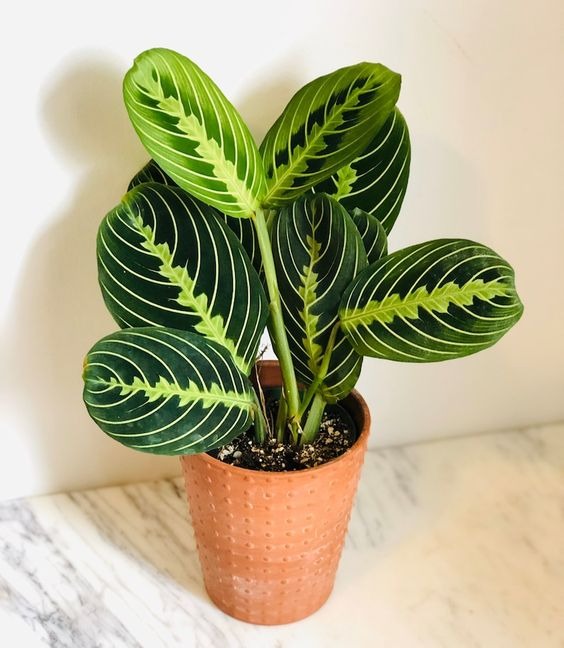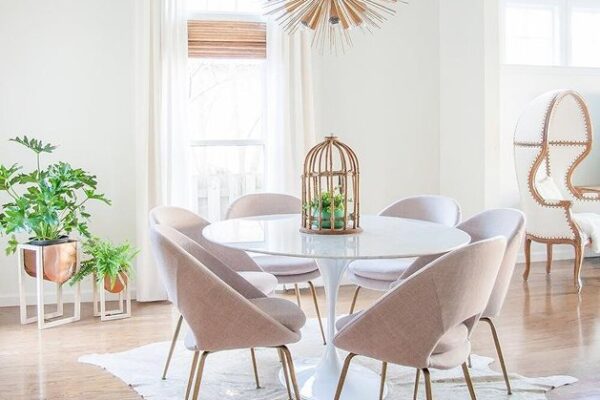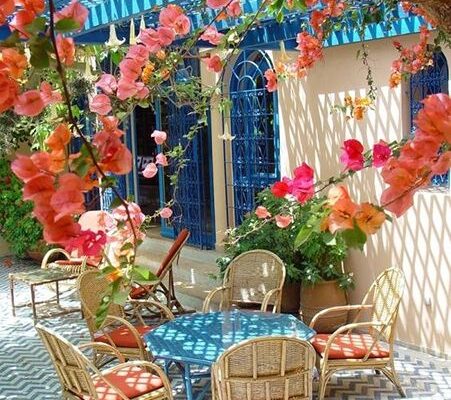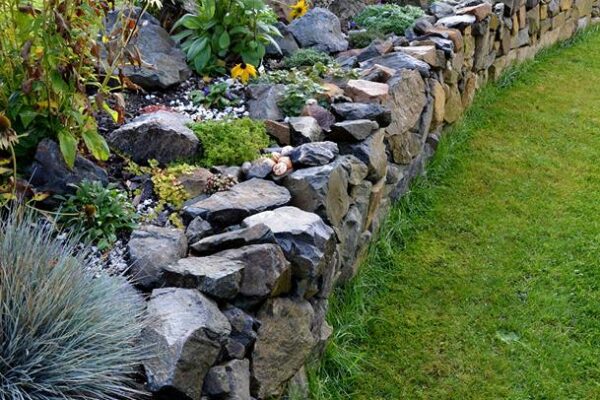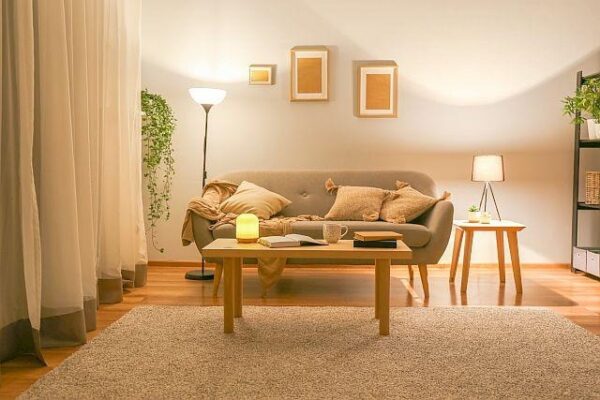17 Best Pet-Friendly Indoor Plants
Pet-friendly indoor plants are a great way to bring some greenery into your home without worrying about the safety of your furry friends. If you’re a pet owner looking to decorate your home with some pet-friendly indoor plants, there are plenty of options available to choose from. It is important for you to be aware of the houseplants that are safe for your dogs and cats. Your pets may accidentally consume your houseplants out of mischief or curiosity, and it is essential to choose plants that won’t harm them.
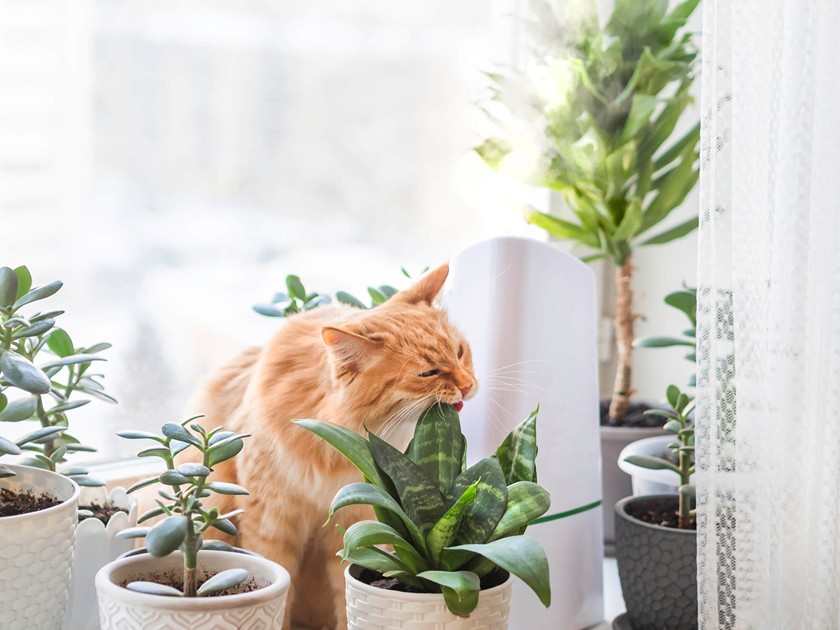
It is recommended to keep your houseplants away from your pets’ reach, but if your pets happen to chew on the leaves or roots of your potted plant, you can have peace of mind if you’ve chosen pet-friendly indoor plants. The American Society for the Prevention of Cruelty (ASPCA) is an excellent resource for identifying non-toxic plants for pets.
Incorporating pet-friendly indoor plants into your living space is a simple and easy way to add some natural beauty while keeping your pets safe. By choosing pet-friendly indoor plants, you can keep both your plants and pets safe and healthy. It’s crucial to make an informed decision while selecting houseplants to prevent any accidental ingestion by your furry friends.
1. Baby’s Tears (Soleirolia soleirolii)
Soleirolia soleirolii, commonly known as Baby tears, is a charming plant that is ideal for use in a variety of indoor settings, including terrariums, small hanging baskets, and as a companion plant around the base of indoor trees. Its creeping mat of tiny green leaves adds a unique character to any space.
In addition to its aesthetic appeal, the Baby tears plant also serves a practical purpose. It can provide ground coverage that might discourage pets from digging in your houseplants. This feature is particularly useful if you have pets that tend to be mischievous around your indoor plants.
By using Baby tears plants as ground cover around your indoor trees or in your hanging baskets, you can add a touch of beauty while keeping your plants safe from potential pet damage. The versatility and aesthetic appeal of this plant make it an excellent addition to any indoor plant collection.

2. African Violet (Saintpaulia)
African violets, also known as Saintpaulia, are a highly sought-after flowering houseplant that is considered safe for pets. They are particularly popular because they can thrive in low light conditions and are well-suited to the environmental preferences of most people – moderate temperatures and average humidity.
To ensure the health of your African violets, it is recommended that you use a soil-free potting mix and a balanced fertilizer. However, it’s essential to keep in mind that the fertilizer you select will be absorbed by the plant, and if your pet ingests any part of the plant, it could potentially cause harm.
If you have a pet that has a history of eating houseplants, it is advisable to choose a non-toxic or natural fertilizer for your African violets. While the leaves and flowers of the plant are non-toxic to pets, it’s always best to err on the side of caution when it comes to your furry friend’s safety. By taking these precautions, you can enjoy the beauty of your African violets while keeping your pets safe and healthy.
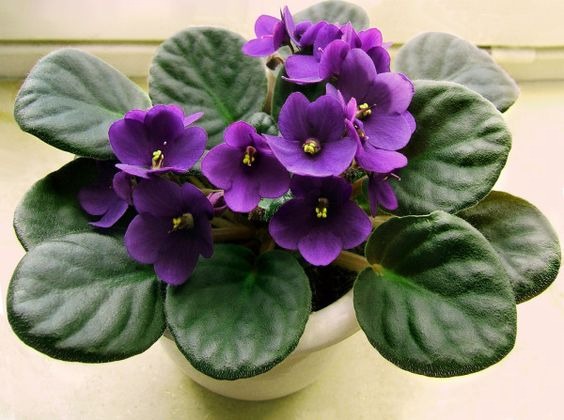
3. Banana Tree (Musa spp.)
The large and impressive banana tree (Musa spp.) is an ideal pet-friendly plant, serving as a dramatic accent piece in any room. These trees can grow to a height of over 6 feet, with dwarf varieties typically reaching a maximum height of 2 to 4 feet. The central stem splits into long, wide leaves that can be used in tropical cuisine for steaming or serving food.
This plant is not only safe for humans to consume, but it’s also safe for cats and dogs. The ASPCA lists it as non-toxic, providing pet owners with peace of mind.
To help this tropical houseplant thrive, it’s crucial to create conditions that mimic its natural habitat. Rich soil, bright light, and regular watering are essential. While bananas are a treat that dogs and cats can enjoy, banana trees kept indoors rarely produce fruit.
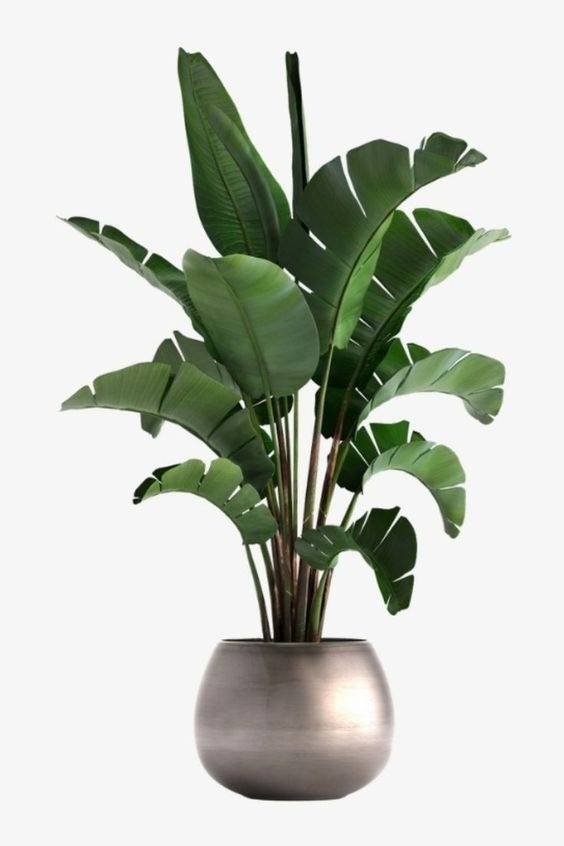
4. Echeveria (Echeveria spp.)
The echeveria plant is an excellent choice for pet owners looking for a safe houseplant, as it’s non-toxic to both dogs and cats. This succulent is known for its plump rosettes, which can range in color from greenish-silver to blue-green or even lilac-hued.
Echeverias are low-maintenance indoor houseplants, and like other succulents, they don’t require constant attention. However, it’s important to place them in a location that receives at least 4 to 6 hours of sun each day. When watering, it’s best to wait until the soil is completely dry, which typically occurs every 1 to 2 weeks. Overwatering can be harmful to this plant, but it also doesn’t do well with extended periods of drought.

5. Chinese Money Plant (Pilea peperomioides)
Belonging to the nettle family (Urticaceae), this low-maintenance plant is an excellent choice for households with pets. Its signature feature is its round, fleshy leaves in a striking shade of green, making it a beautiful addition to any indoor space.
For optimal growth, it’s recommended to place this plant in an area that receives bright, indirect light. However, it can also survive in moderate-to-low light conditions, making it a versatile option for different environments. When it comes to watering, it’s essential to water the plant infrequently but deeply. The soil should be allowed to dry out in between watering sessions.
The plant’s disc-shaped leaves can serve as a helpful indicator of its watering needs. If the plant is not watered enough, the leaves will start to droop, signaling that it’s time to water it. With these simple care instructions, this plant can thrive and add beauty to your home while keeping your pets safe.
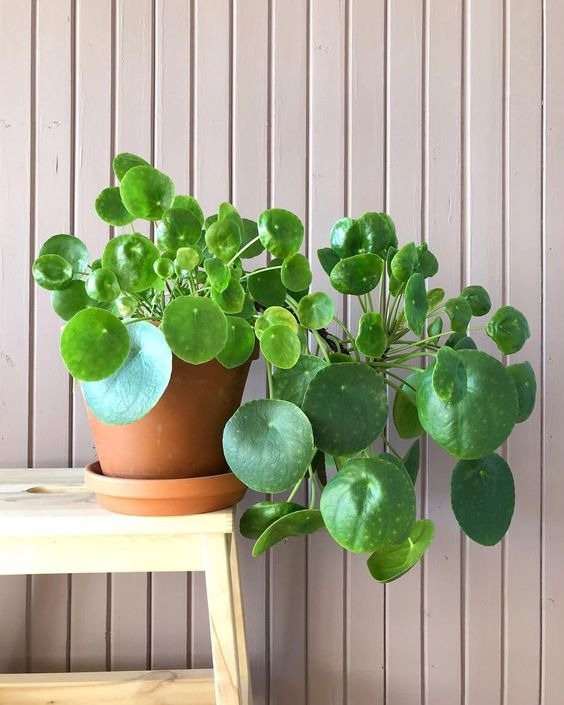
6. Gloxinia (Sinningia speciosa)
Gloxinia hybrids are a flowering indoor plant that typically grows between 6 and 10 inches in height. They are compact and can be placed on a windowsill or used as a centerpiece on a dining table. These plants prefer low-light conditions and should be kept away from bright, direct light. They require regular watering, and the soil should be kept moist during the growing season. Gloxinia plants will eventually lose their petals and leaves.
If you have pets and are looking for a flowering indoor plant that is safe for dogs and cats, Gloxinia is an excellent choice. The thick, ruffled leaves and single or double blooms are available in various colors such as white, red, pink, lavender, purple, or blue. These plants are non-toxic to pets. Since most of these plants are hybrids of Sinningia speciosa, there is a wide variety of flower shapes and colors available. Gloxinia plants are often given as gifts and go through a cycle of blooming and dormancy.

7. Venus Fly Trap (Dionaea muscipula)
Adding carnivorous plants to your houseplant collection can be an interesting and unique idea, but it’s important to consider the safety of your pets. With Venus flytraps (Dionaea muscipula), you don’t have to worry about your cat or dog getting sick if they decide to take a nibble, as these plants are non-toxic. In order to keep these pet-friendly indoor plants in good condition, it’s important to provide them with bright light and to water them with distilled water. With their snap-shut traps, Venus flytraps are sure to add a touch of intrigue to your indoor garden without posing a threat to your furry friends.
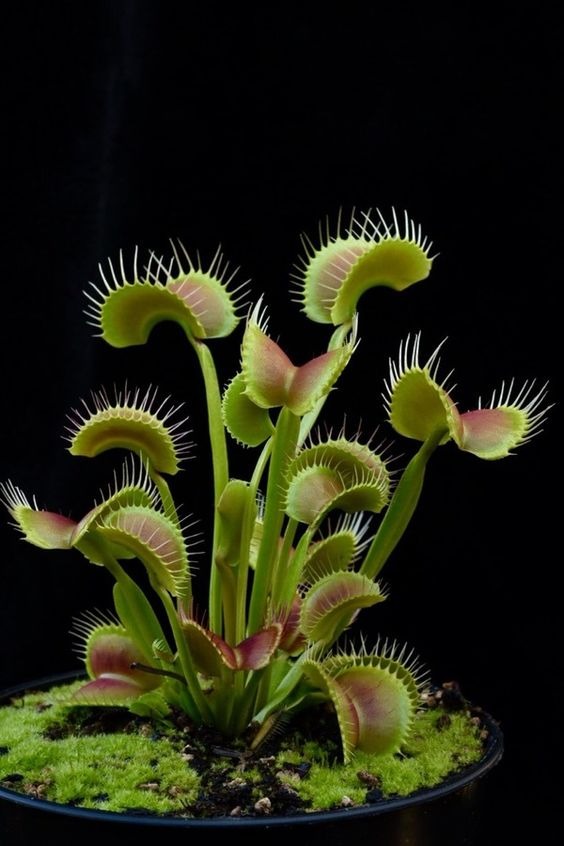
8. Areca Palm (Dypsis lutescens)
Dypsis lutescens, commonly referred to as the areca palm or butterfly palm, is a beautiful indoor plant that can bring a tropical vibe to any space. While palm fronds can be an enticing toy for cats to play with, rest assured that the areca palm is non-toxic to cats and dogs.
In order for the areca palm to thrive, it needs plenty of bright, indirect light, ideally from a south- or west-facing window. It’s important to use a well-draining pot that allows the soil to dry out between waterings. Keep in mind that the areca palm is sensitive to fluoride found in tap water, so it’s best to water it with distilled water or collected rainwater. By following these care tips, you can enjoy the beauty of the areca palm without worrying about your furry friends.
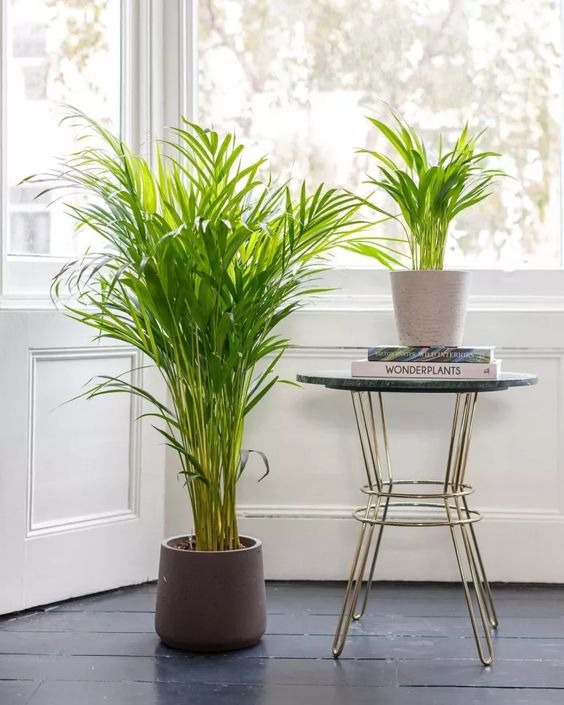
9. Spider Plant (Chlorophytum)
The spider plant, also known as ribbon plant or airplane plant, is a popular houseplant that is non-toxic to cats and dogs. Its cascading foliage makes it an excellent choice for elevated spaces like floating shelves, hanging baskets, or a windowsill. This plant is also known for being hardy and tolerant of various light, moisture, and soil conditions.
When potting the spider plant, use loose and loamy soil, and water it regularly. It prefers partial shade, as too much sun can damage its foliage, while full shade may hinder its growth. As it grows, it produces small plantlets on shoots, which is why it is called the spider plant. To maintain the plant’s healthy growth, make sure to remove the dead foliage and plantlets as they appear.
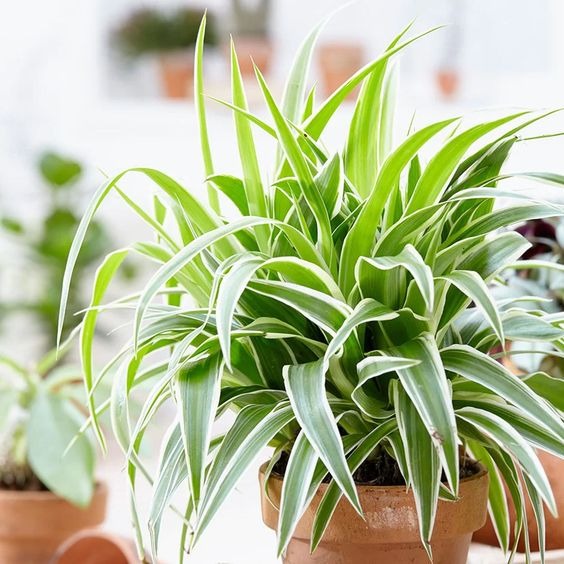
10. Calathea (Calathea spp.)
Calathea plants, commonly known as zebra plants or peacock plants, are an attractive addition to any pet-friendly home with their large tropical leaves that have unique stripes or stippling patterns. These plants prefer a shady area as too much light can cause the color of the foliage to fade. However, they require some effort to maintain.
Calatheas require a constant temperature between 70 to 85 degrees Fahrenheit and should not be kept below 60 degrees. They also require regular watering but overwatering should be avoided. As tropical plants, calatheas thrive in humid environments, so additional moisture may be required through a pebble tray filled with water.
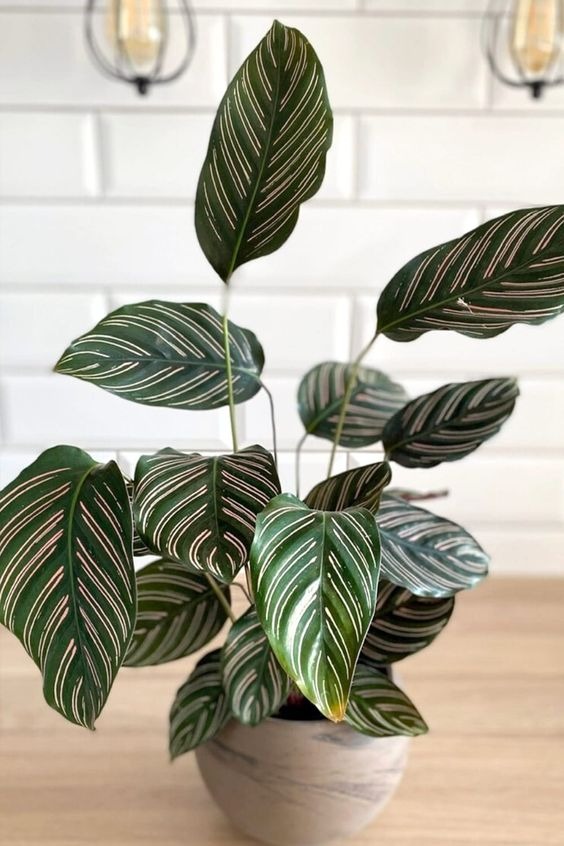
11. Boston Fern (Nephrolepis)
The Boston fern, also referred to as a sword fern, is a beloved indoor plant that features shaggy fronds that may attract cats and dogs to gnaw on them. The plant has leaves that sprout directly from the center and then curve as the frond grows longer. Fortunately, the foliage of this plant is non-toxic to pets, so it’s safe to use them as a decoration in your bathroom or guest room. Boston ferns thrive in humid environments and require a lot of bright, indirect light to grow.
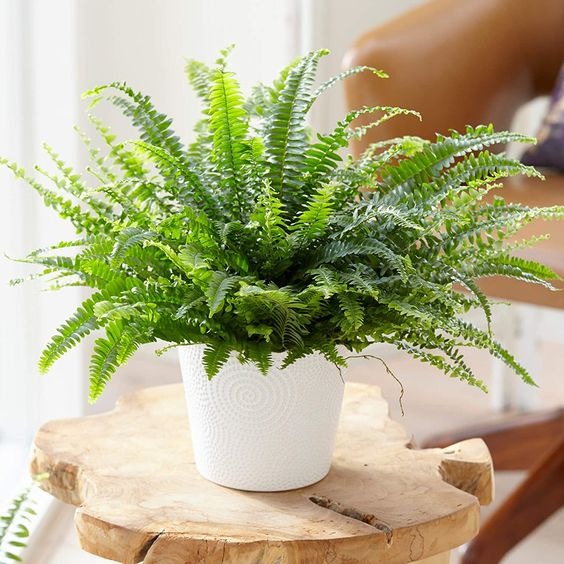
12. Polka Dot Plant (Hypoestes phyllostachya)
The Hypoestes phyllostachya, also known as the polka dot plant, is a houseplant with attractive green, pink, red, and white splashed foliage. This plant does not require perfect conditions to trigger blooming, as its ornamental leaves already add to its charm. It is non-toxic to cats and dogs, but pets that are sensitive might experience mild digestive upset if they consume large quantities of the plant or other non-toxic plants.
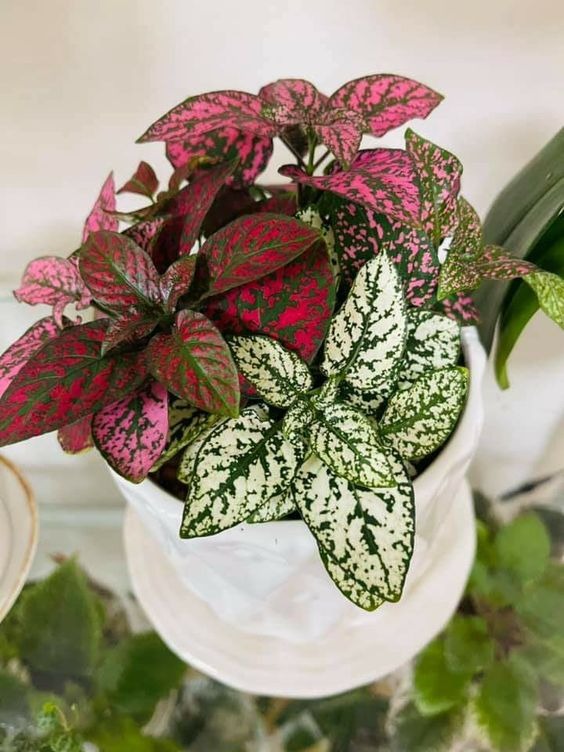
13. Haworthia (Haworthia spp.)
Haworthia is a safe, slow-growing succulent that requires little maintenance. Its mature height ranges from 3 to 5 inches, with fleshy green leaves that have white warts or bands and produce offsets. Haworthia clusters can be separated to expand your indoor plant collection. Repotting these container plants is necessary every 2 or 3 years.
Unlike aloe plants, all species of Haworthia are non-toxic to cats and dogs. It’s best to keep the plant in a bright location and water it once a week during summer and less often in winter. Moderate to low light is also tolerable, but if the leaves start losing their green hue, it’s a sign that the plant needs more light.
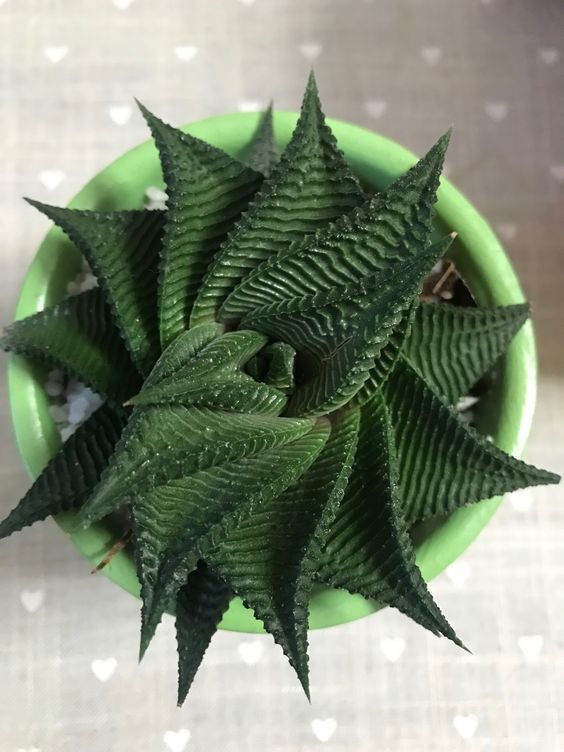
14. Air Plant (Tillandsia stricta)
Air plants, also known as epiphytes, don’t require soil and can make an unusual addition to your houseplant collection. They can be attached to a board or other surface mount using glue, wire, or twine. This bromeliad has stiff leaves that may attract your cat’s attention, so it’s important to secure it properly to avoid damage. Although they’re not toxic to cats and dogs, it’s still a good idea to keep your pets away from the plant. Air plants need to be submerged in water for 10 to 30 minutes every week or two to water them. If this is difficult with your chosen mount, you can mist the plant heavily several times a week instead.
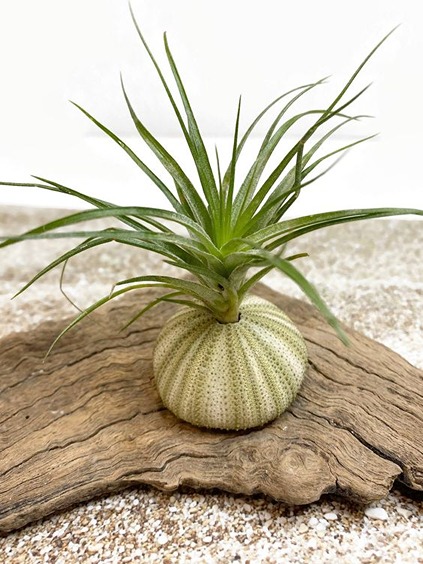
15. Friendship Plant (Pilea involucrata)
Pilea involucrata, a trailing plant with delicate stems, is a pet-safe houseplant that flourishes in environments with high humidity. This feature makes it an excellent choice for terrariums, reducing the risk of your pets nibbling on it. Pilea involucrata can be showcased in any room in your house, including the bedroom, without worrying about the safety of your pets.
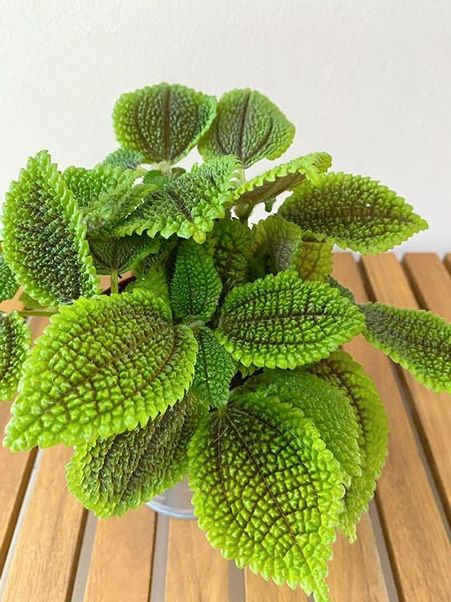
16. Peperomia (Peperomia spp.)
Peperomia species are popular houseplants due to the diversity of their colors and textures. They are a safe option for pet owners, as they are non-toxic to cats and dogs. These plants are perfect for hanging baskets and require minimal watering, making them a great option for busy plant parents.
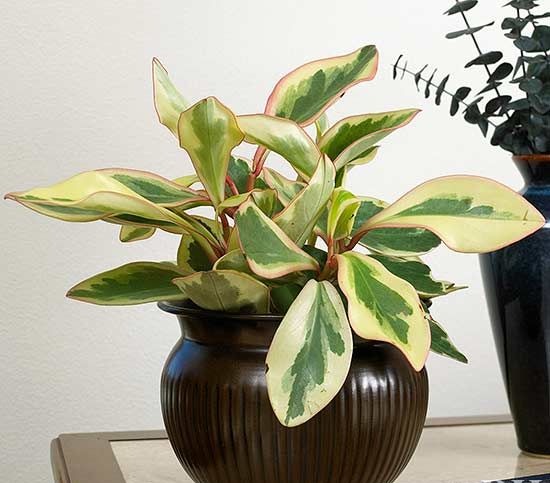
17. Prayer Plant (Maranta leuconeura)
The prayer plant is a popular houseplant choice due to its tropical foliage and unique habit of folding its leaves each evening, resembling hands folded in prayer. Moreover, it is a safe option for pets as it is non-toxic to them. The prayer plant can adapt to a range of light conditions, but it thrives in bright, indirect light. It can also grow in moderate-to-low light conditions.
However, it is crucial to maintain proper watering habits for this plant as it cannot tolerate neglect. The top layer of soil should be dry to the touch, but letting the soil dry out completely can cause problems. Therefore, you must water the plant as soon as the top layer of soil feels dry to prevent issues.
